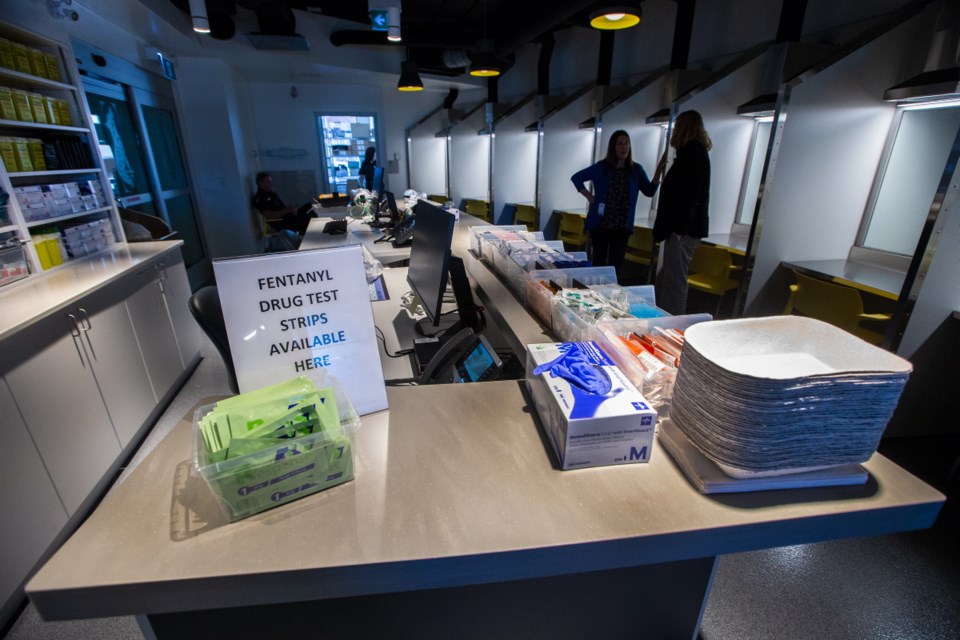Victoria councillors are calling on the province to provide people addicted to opioids with a safer drug supply.
“There is no doubt a need for more treatment options in terms of physical spaces and programing is needed,” said Sarah Potts, the lead councillor on the initiative.
A safer drug supply can help people stabilize their lives and reduce the harms associated with their drug use, but it “works best when combined with other types of support such as individual or group counselling,” Potts said.
Coun. Geoff Young said that while he is sympathetic to “some of the basic thrust for this,” council “should think about where we’re going to end up with some of these policies.”
Young noted that the resolution describes “opioid misuse disorder” as a “chronic relapsing medical condition.”
“But presumably one only suffered by those who have access to opioids,” he said.
“Do we consider that we simply expand that number of people without limit as it becomes much easier to obtain these?”
The resolution endorsed by councillors calls on the province to ensure that people at risk of overdose have access to safer alternatives “as part of a holistic response to the public health emergency including prevention, treatment and recovery.”
Young said he was pleased to see the resolution included a call to enhance prevention, treatment and recovery options.
“Unfortunately, the experience I’ve observed over the last while is that that component, because it’s expensive and difficult, has been neglected,” Young said.
The resolution is to be forwarded to local governments in the capital region, the Association of Vancouver Island and Coastal Communities and the Union of B.C. Municipalities for support.
“I believe this would give the community an opportunity to consider the level of response we expect from the province in the face of a public-health emergency,” Potts said.
“We would not expect our province to address with anything less than leading research, treatment, therapies and models that are known to save lives.”
An estimated 42,000 people “inject toxic substances” in B.C. and “it is not possible for the treatment system to rapidly increase services to manage this number of people as ‘patients’ within a medical treatment model,” says the resolution.
B.C. declared a public health emergency in 2016 due to an increase in overdose deaths in the province.
Last year, there were more than 1,400 illicit drug overdose deaths in the province.
About 80 per cent were linked to the opioid fentanyl in the illicit drug supply.
The province has responded with harm-reduction measures such as opening safe-consumption sites, wider distribution of the opioid antidote naloxone and easier access to substitution therapies such as methadone and suboxone.



